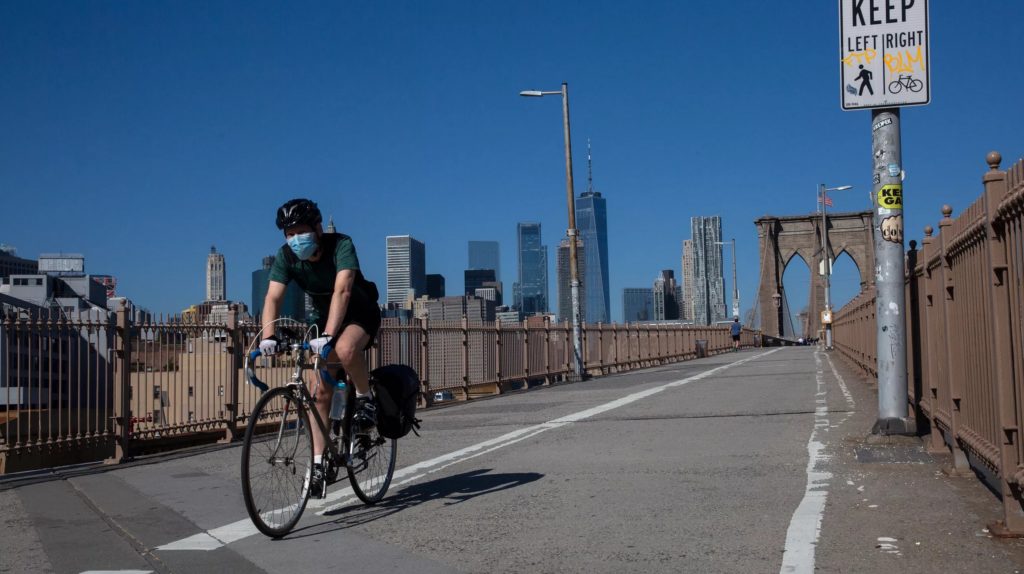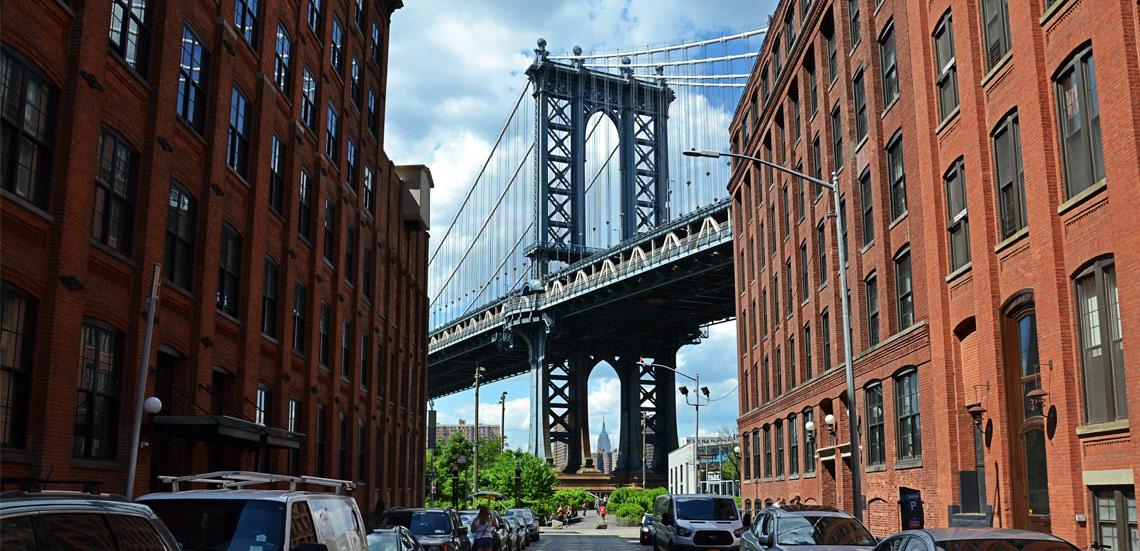Cyclists snub Brooklyn Bridge as other spans draw more pedal power

 This story was originally published on Oct. 18 by THE CITY. Sign up here to get the latest stories from THE CITY delivered to you each morning.
This story was originally published on Oct. 18 by THE CITY. Sign up here to get the latest stories from THE CITY delivered to you each morning.
New Yorkers have increasingly taken to cycling across most East River bridges during the pandemic — but not along the city’s most famous span.
In all but one month since April, fewer cyclists have used the Brooklyn Bridge’s notoriously cramped biking and pedestrian promenade than they did during similar time spans in 2019, according to city data.

Brooklyn Boro
View MoreNew York City’s most populous borough, Brooklyn, is home to nearly 2.6 million residents. If Brooklyn were an independent city it would be the fourth largest city in the United States. While Brooklyn has become the epitome of ‘cool and hip’ in recent years, for those that were born here, raised families here and improved communities over the years, Brooklyn has never been ‘uncool’.